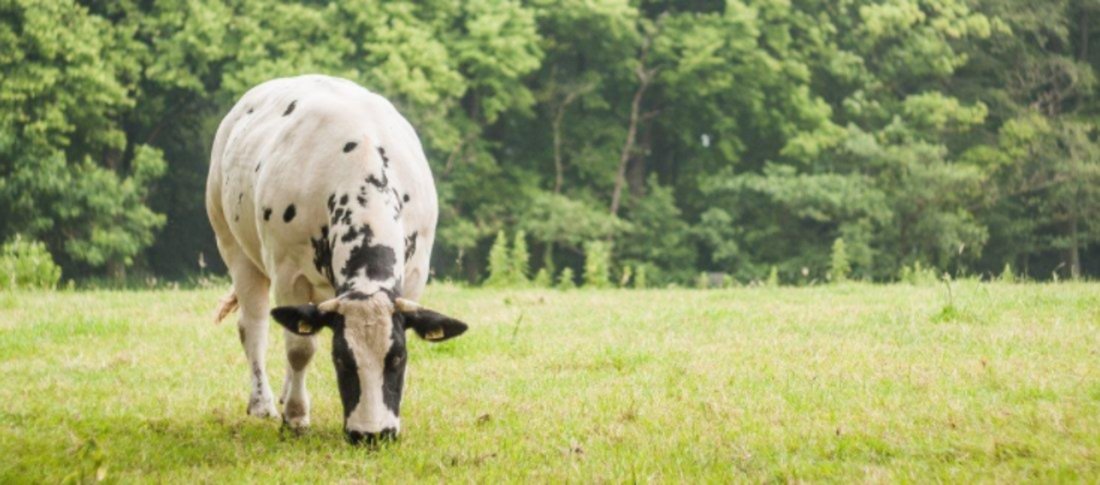Nothing tops opening the barn doors in spring and watching the girls gambling to their lush green pastures, kicking up their heels.
Long considered the perfect tonic and a cost-effective feed source for dairy herds after a winter in the sheds, the green green grass of home isn’t always all it’s cracked up to be. Let us explain why…
A Balanced Diet
While those emerald green fields of lush green grass are indeed highly digestible and full of sugar, they lack the necessary physical structure and nutritional balance for optimum rumen function. The overall productivity and fertility of our dairy herds can suffer as a result, particularly as we push cows for higher outputs.
Moving from a fibre and starch-rich diet in the form of forage and concentrates fed in the barn, a cow’s rumen will experience quite a shock with the sudden change in diet composition. This is particularly problematic with fresh early spring grass growth, where grazing is typically high in sugar and oil but low in fibre.
This type of grass is more-rapidly fermentable and leads to the pH in the rumen being compromised as the grass doesn’t have that distinct ‘rumen tickle’ effect and passes through the digestive system more rapidly. Added to this the high oil levels, and there is an increased risk of acidosis and notable milk fat depression.
A Fatty Solution
Part of the solution to this problem – the provision of a fibre-rich source of forage such as straw, may seem fairly obvious, but there are some undesirable implications. While the flow of feed through the digestive tract may well be slowed and the rumen pH raised, the low feed quality bulk is likely to reduce energy intake and milk protein. This is where digestible fibre sources such as sugar beet pulp, citrus pulp and soya bean hulls make excellent alternatives to include in the concentrate feed and create a better balance in the rumen. On the contrary, feeding highly-fermentable carbohydrates such as cereal-based concentrates to meet energy requirements of dairy cows at grass leads to increased risk of acidosis and low milk fats.
With fat being a more-dense energy source, it is also worth understanding how individual fatty acids (the building blocks of fat) impact cow performance at different stages of lactation, particularly with individual farm challenges and requirements to maximise returns on milk contracts in mind.
During early lactation, C18:1 (oleic acid) is a key fatty acid due to its positive effects on development of fertilised eggs and beneficial partitioning of nutrients towards body fat leading to improved condition score.
Dairy cows also benefit from increased availability of C16:0 (palmitic acid) which increases the partitioning of nutrients to milk and improves milk fat production. ‘High-C16’ supplements such as Mega-Fat 88 can help alleviate the negative effects of young spring grass on reducing milk fat %, though may not benefit condition score or fertility.
Choosing the Right Nutritional Tool for the Job
A multi-purpose fat supplement such as Mega-Max helps address the practicalities of targeting specific fatty acid requirements in a year-round calving scenario, and delivers a research-proven ratio of C16:0 and C18:1. Meeting the nutritional needs of the entire herd at all stages of lactation with supplements such as Mega-Max makes complete sense when it comes to optimising herd performance.
Discover more top tips on grassland management and nutritional advice for optimising your herd’s performance on spring turnout here>>>
